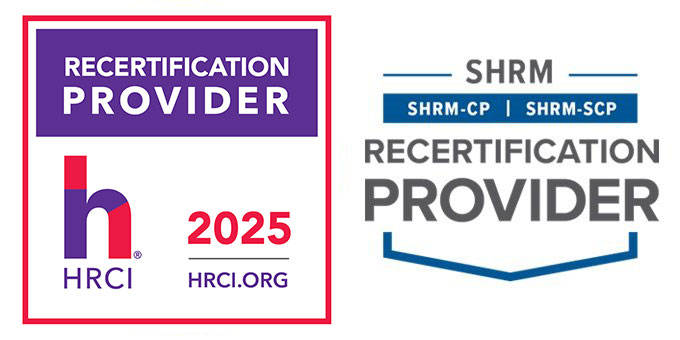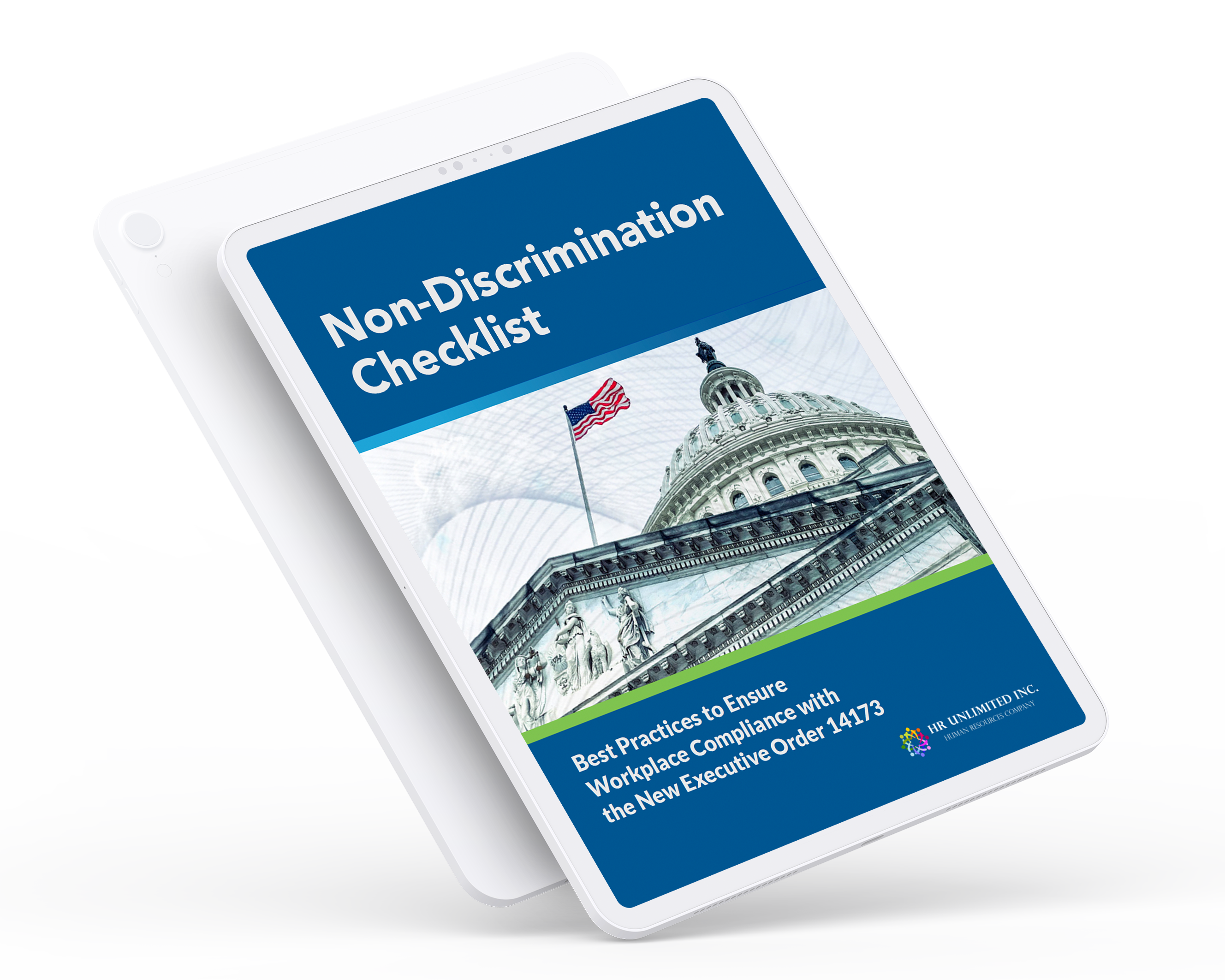We’ve heard it all before: Remember to establish placement goals. Remember to post job openings with the state job board. Make sure you have a Good Faith outreach plan. Whether learning from personal experience or the anecdotal evidence we come across in online discussions, we already know what we’re supposed to do absent of tracking results and taking corrective actions as needed. Implementing diversity and affirmative action strategies, however, is tricky because the rules tend to be very broad and are not connected to business objectives.
There are four strategic areas to creating and implementing a successful, lasting EEO/Affirmative Action/Diversity program. The following strategies are based on the experience of successful programs in private and public sectors, and are influenced by a presentation by Ernest L. Jenkins, Vice President of PepCo Holdings, given to the American Association for Affirmative Action. (From here on, I’ll refer to this only as an “AAP Program,” which includes but is not limited to recruitment; individuality; diversity of racial, gender and cultural backgrounds; fair compensation; compliance with federal and state laws and regulations; and best practices.)
These four strategies for EEO/Affirmative Action/Diversity success are:
1. Tracking Diversity
Numbers never lie, so how do you measure your success if you’re not keeping track of diversity facts and statistics? Every one unit increase in racial diversity increased sales revenues by approximately 9% and every one unit increase in gender diversity increased sales by about 3%, according to Dr. Cedric Herring in Data Diving 2. Diversity data is too valuable to your business to ignore, making tracking necessary. As OFCCP Director Patricia Shiu stated, “What gets measured gets done.”
2. Training/Workforce Readiness
Training should enable talents to acquire the necessary skills. This covers three areas: potential Talent/Skills gaps in the labor pool, development of internal resources, and some overlap with community outreach to internship and mentoring programs.
Case in point: Despite an 8.3% unemployment rate, employers across the United States continue to have difficulty filling many of available jobs. These jobs remain vacant because employers cannot find the qualified workers they need. President Obama’s Council on Jobs and Competitiveness attributes this mismatch between the skills of the workforce and the requirements for open jobs to up to one third of the current U.S. unemployment rate.
Since the private sector profits most directly from access to skilled labor, the onus is on businesses to work hand-in-hand with community colleges, universities and vocational institutions to develop programs that teach the skills they require.
3. Developing Community/Culture
How does your company act? What is its influence and how is it perceived by the public?
- Community refers to your company’s “personality” and how it affects the surrounding community and business relationships: Chambers of Commerce, local schools of all levels, mentorship programs, outreach and membership of leaders in social organizations.
- Culture refers to the internal “personality,” which can also be blurred with the external: outreach, employee support and lifestyle, etc.
4. Developing Partnerships
Partnerships refer to vendors, community-based organizations (CBOs), high schools and colleges, workforce development programs, etc. Although partnerships may appear like another facet of Community/Culture on the surface, there is enough strategy specific to this area to differentiate it. This overlaps a lot with the other three areas.
Consider these the Four Corners of EEO/Affirmative Action/Diversity. Depending on your company, you may find there is less need for the activities in one or more of these strategies. Or the opposite may be the case: You are completely missing an area and need to quickly develop it!
All four areas overlap, and often the minimal effort required in one area may be covered by another. However, larger companies often have to create separate initiatives in each area due to the size and complexity of their organizations. Find the right balance that works best for yours.
Next time, we’ll delve deeper into the subject of Tracking Strategies. Without tracking, how do you know how your diversity efforts are working, and if so, what specific areas? We’ll also share tips on what to look for and how to get the most from your tracking strategies.
So tell us: What of the four strategies above does your organization use and how are they working for you? Do you see a direct correlation between diversity and increased sales or profits?





